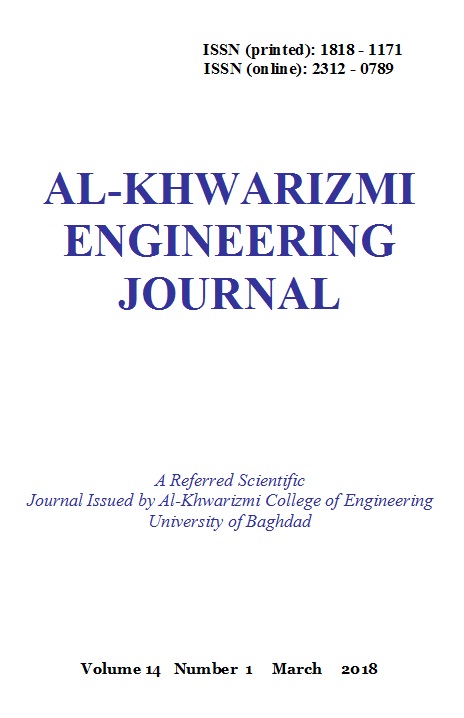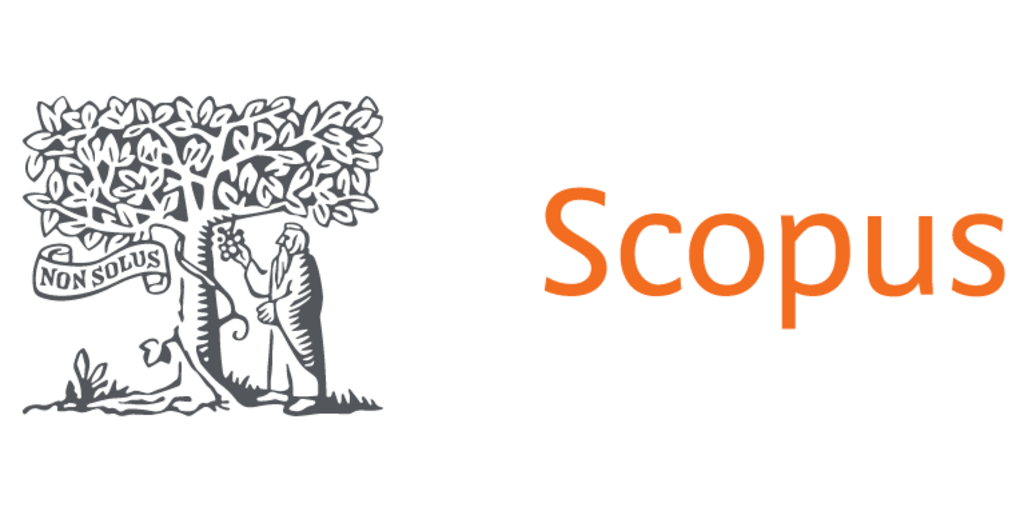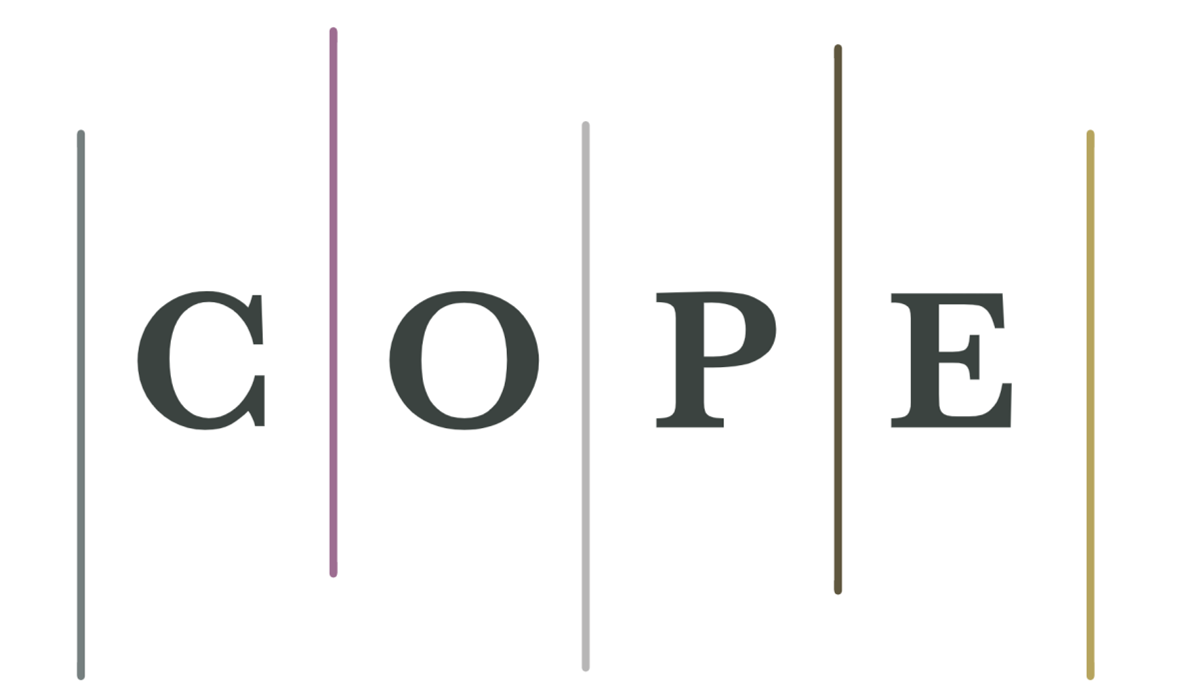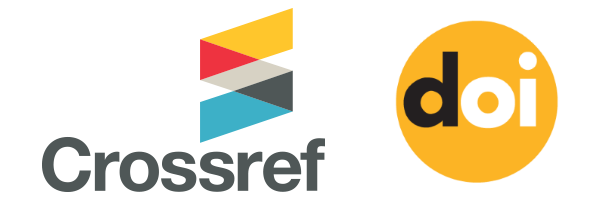Neural Network Modeling of Cutting Force and Chip Thickness Ratio for Turning Aluminum Alloy 7075-T6
DOI:
https://doi.org/10.22153/kej.2018.10.004Abstract
The turning process has various factors, which affecting machinability and should be investigated. These are surface roughness, tool life, power consumption, cutting temperature, machining force components, tool wear, and chip thickness ratio. These factors made the process nonlinear and complicated. This work aims to build neural network models to correlate the cutting parameters, namely cutting speed, depth of cut and feed rate, to the machining force and chip thickness ratio. The turning process was performed on high strength aluminum alloy 7075-T6. Three radial basis neural networks are constructed for cutting force, passive force, and feed force. In addition, a radial basis network is constructed to model the chip thickness ratio. The inputs to all networks are cutting speed, depth of cut, and feed rate. All networks performances (outputs) for all machining force components (cutting force, passive force and feed force) showed perfect match with the experimental data and the calculated correlation coefficients were equal to one. The built network for the chip thickness ratio is giving correlation coefficient equal one too, when its output compared with the experimental results. These networks (models) are used to optimize the cutting parameters that produce the lowest machining force and chip thickness ratio. The models showed that the optimum machining force was (240.46 N) which can be produced when the cutting speed (683 m/min), depth of cut (3.18 mm) and feed rate (0.27 mm/rev). The proposed network for the chip thickness ratio showed that the minimum chip thickness is (1.21), which is at cutting speed (683 m/min), depth of cut (3.18 mm) and feed rate (0.17 mm/rev).
Downloads
Downloads
Published
Issue
Section
License
Copyright: Open Access authors retain the copyrights of their papers, and all open access articles are distributed under the terms of the Creative Commons Attribution License, which permits unrestricted use, distribution, and reproduction in any medium, provided that the original work is properly cited. The use of general descriptive names, trade names, trademarks, and so forth in this publication, even if not specifically identified, does not imply that these names are not protected by the relevant laws and regulations. While the advice and information in this journal are believed to be true and accurate on the date of its going to press, neither the authors, the editors, nor the publisher can accept any legal responsibility for any errors or omissions that may be made. The publisher makes no warranty, express or implied, with respect to the material contained herein.
















